Animal camouflage is about more than aesthetics: it's natural selection's way of saying that to survive in this world, you must blend in.
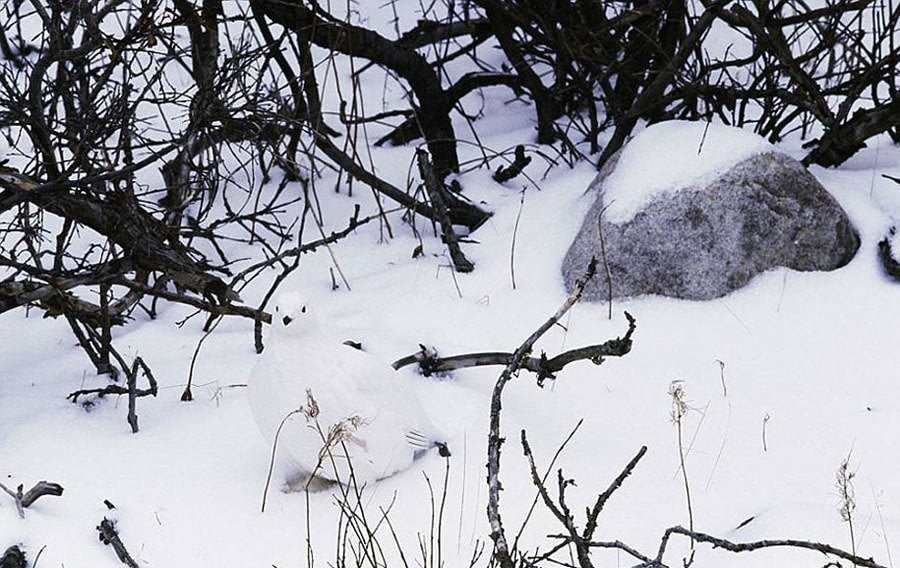
Surviving and thriving is the name of the game in the animal kingdom. Predator or prey, their varying survival methods continue to baffle humankind. That can especially be said about camouflage, or natural selection’s way of saying that if you want to survive in this world, you must not stand out.
Animals that are often hunted by predators use camouflage in order to hide in plain sight, and predators will use camouflage in order to sneak up on prey without giving them a chance to do much protesting. The following images are the “Where’s Waldo” of the wilderness.
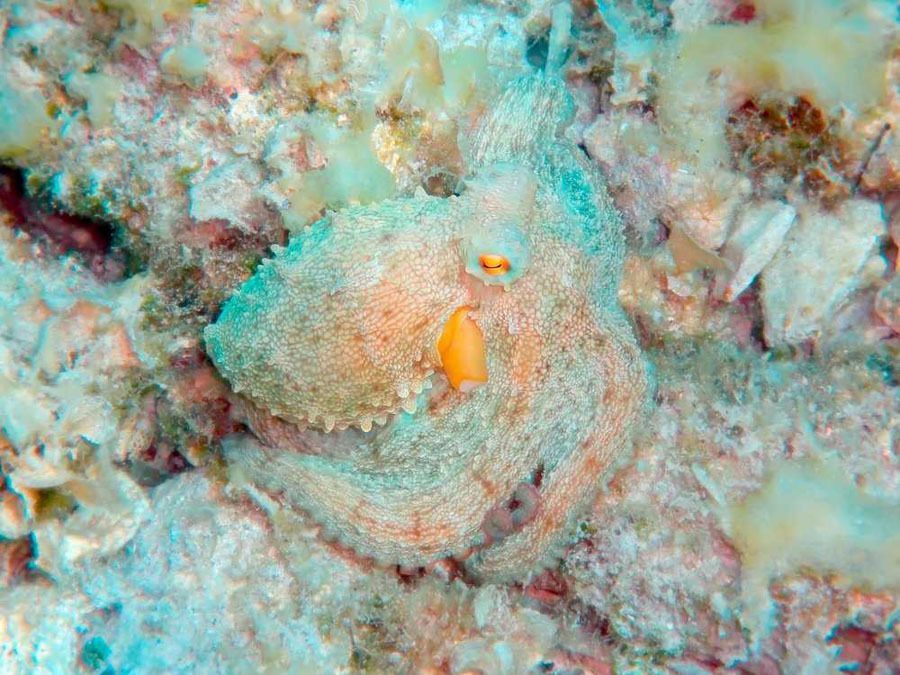
Source: Business Insider
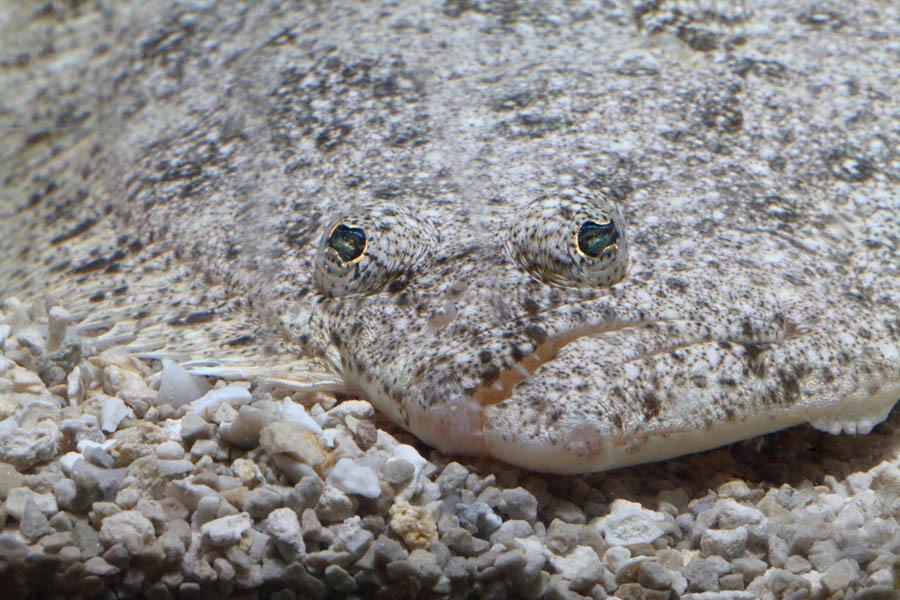
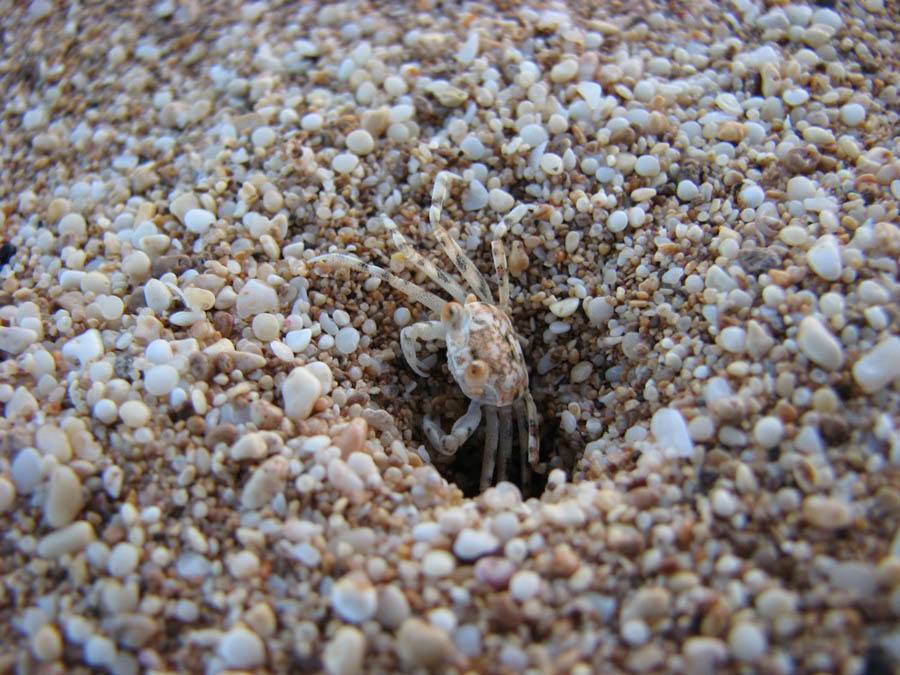
Source: Orangellous
The world’s oceans are a dangerous place. If you’re not fully prepared for it, there’s no way you’ll last. Luckily, a lot of sea life has found the vital link between fitting in and surviving. In some instances, like that of the octopus, being very brightly colored is a good thing – it makes blending into the local coral that much easier. In others, it’s better to be bland, so as to hide in the sand a little more easily. Either way, it’ll be hard for other sea creatures to find (and probably eat) them.
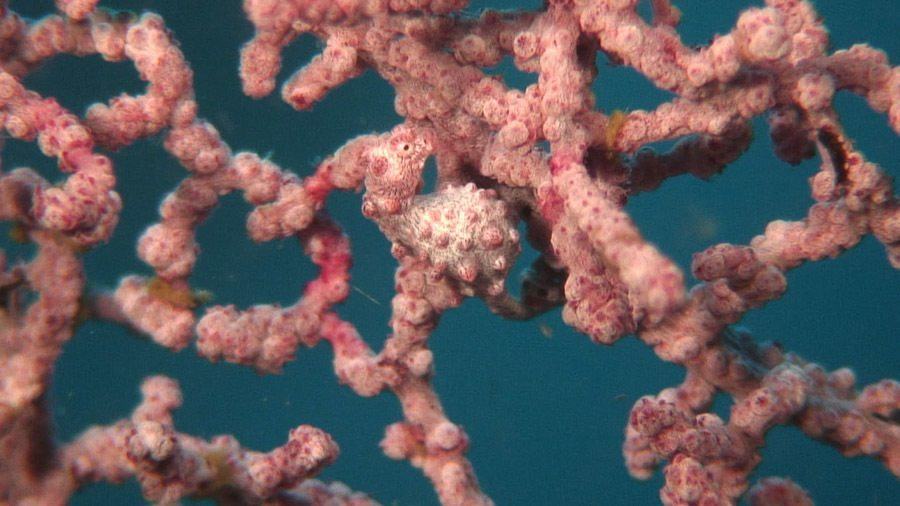
Source: Blue World TV
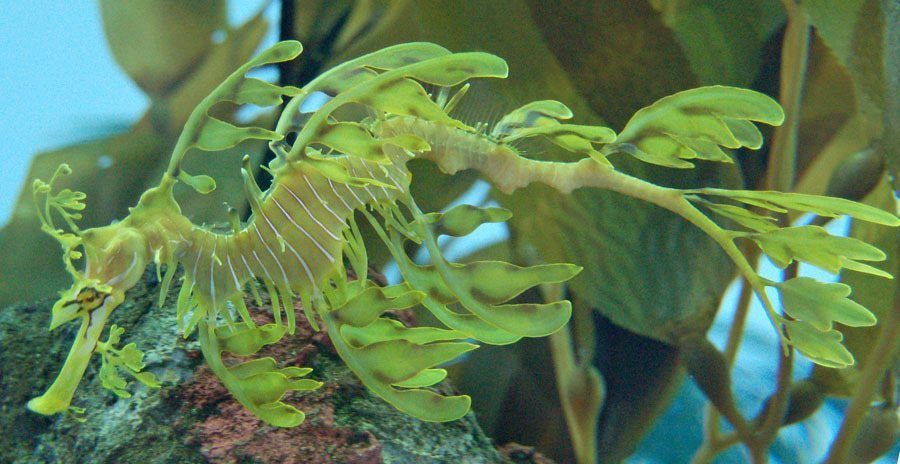
Seahorses are usually very vibrant in appearance, but it’s for purposes beyond aesthetics. Like the octopus featured above, they use that to blend in with surrounding oceanic coral. There are also seahorse species that look like plants to mix with, you guessed it, underwater vegetation.
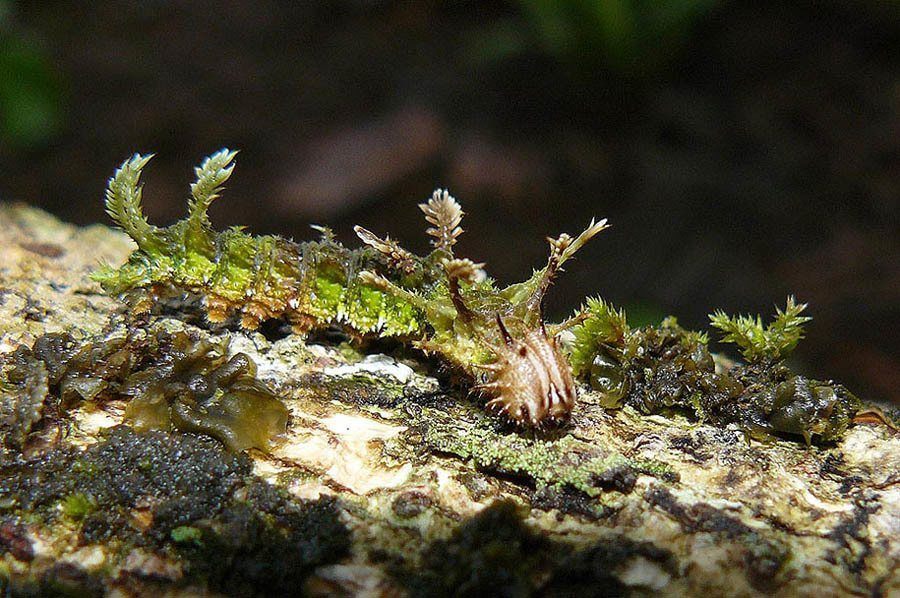
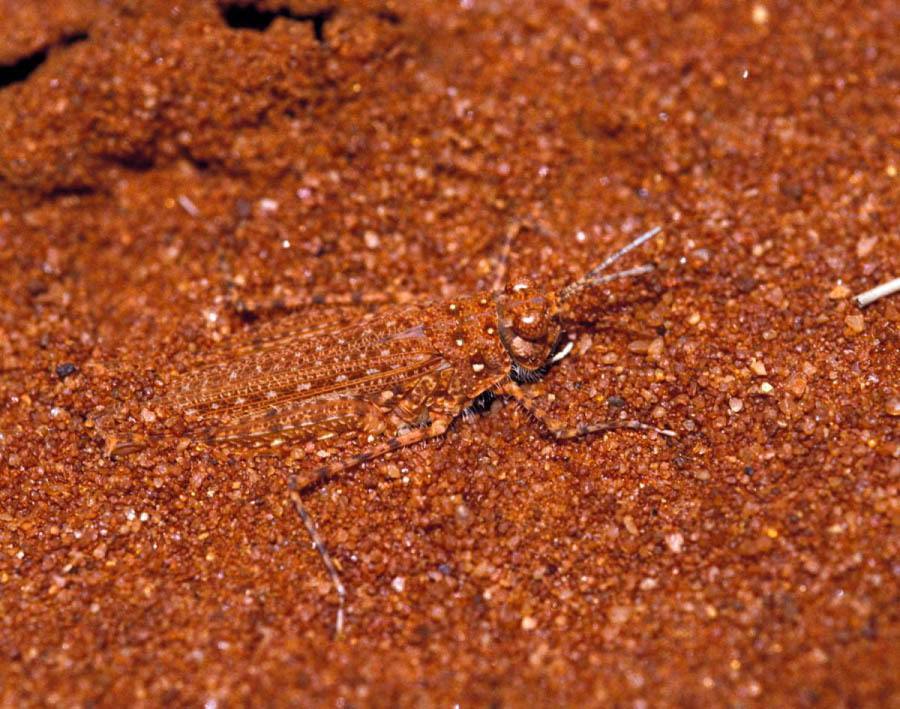
Source: New York Daily News
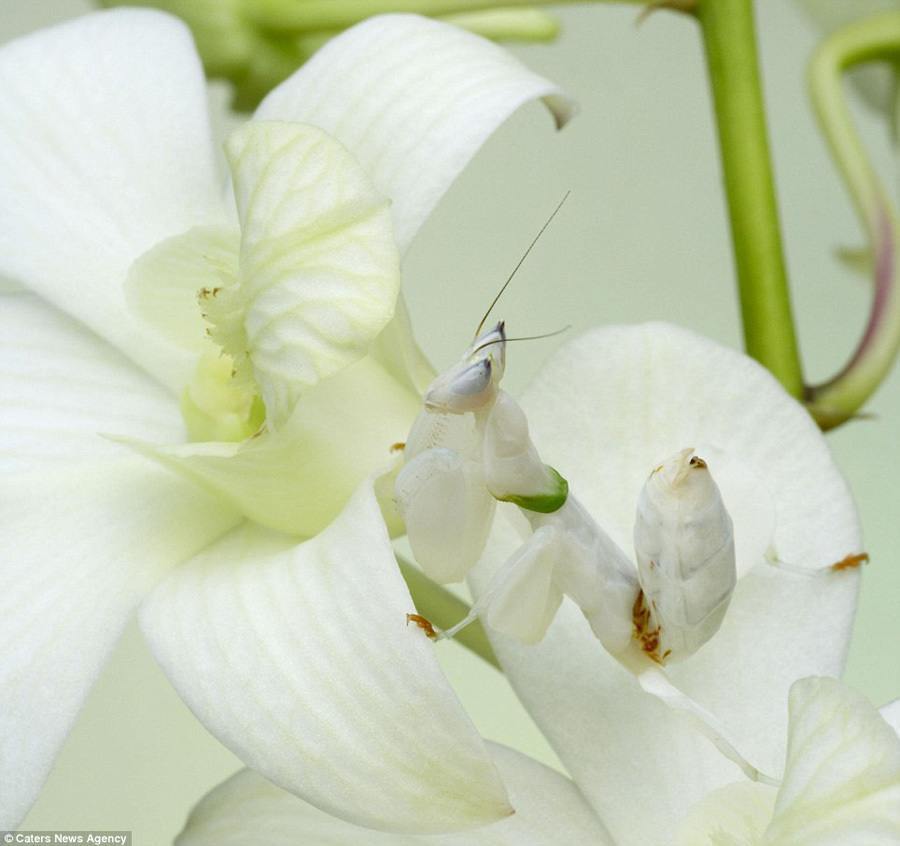
When it comes to the art of camouflage, insects might possibly be the true masters. In light of the fact that they are often a tasty treat for predators, they use their camouflage skills to blend into the places they’d normally be found; whether it’s in the trees, flowers, or even the ground.
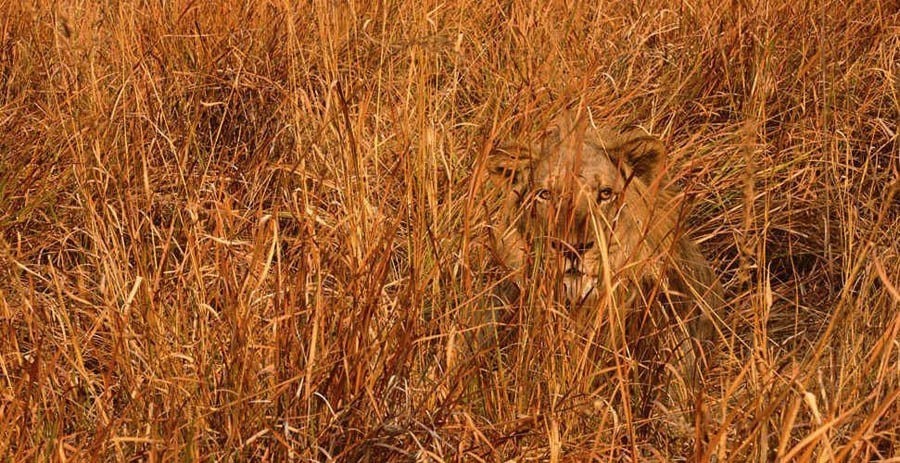
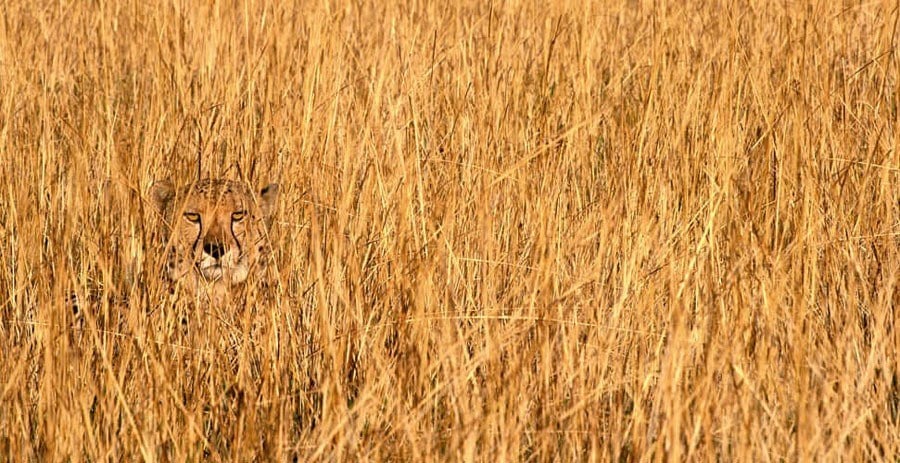
Animals that are feasted on aren’t the only ones who utilize camouflage. Predators like big cats will employ their amber coloring to make it even easier for them to stalk and ambush their dinner. Without their camouflage, they would lose that crucial element of surprise.
Trees are a go-to hiding spot in the wilderness. A lot of birds tend to use their coloring and trees to their advantage, as well as owls. The owl possesses the advantage of being a night hunter, which makes it even harder for potential prey to see it lurking in the branches. Lizards also hide on tree bark, making it easier to capture a variety of those delicious, unsuspecting insects.
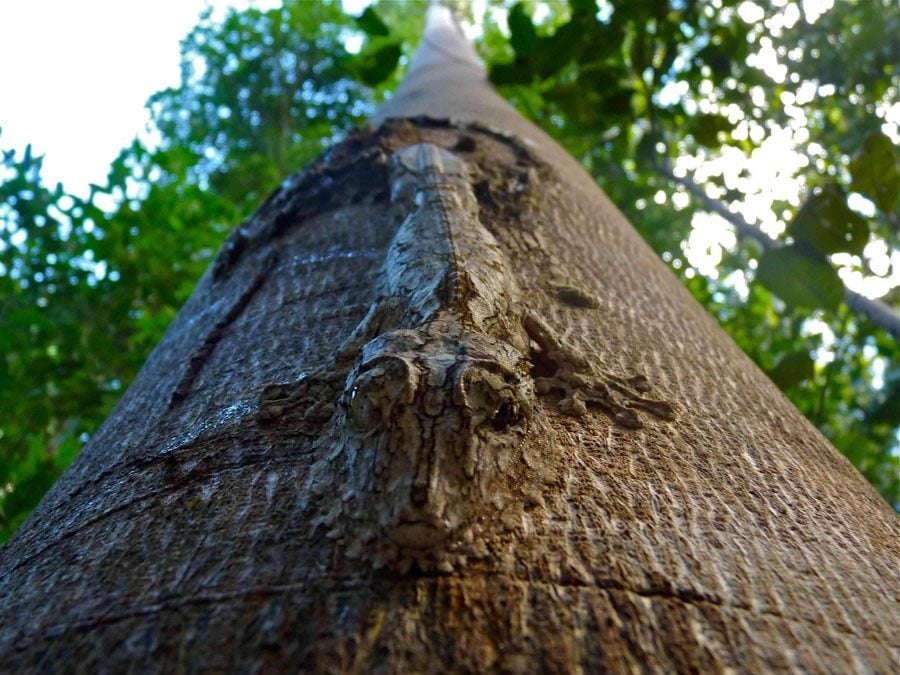
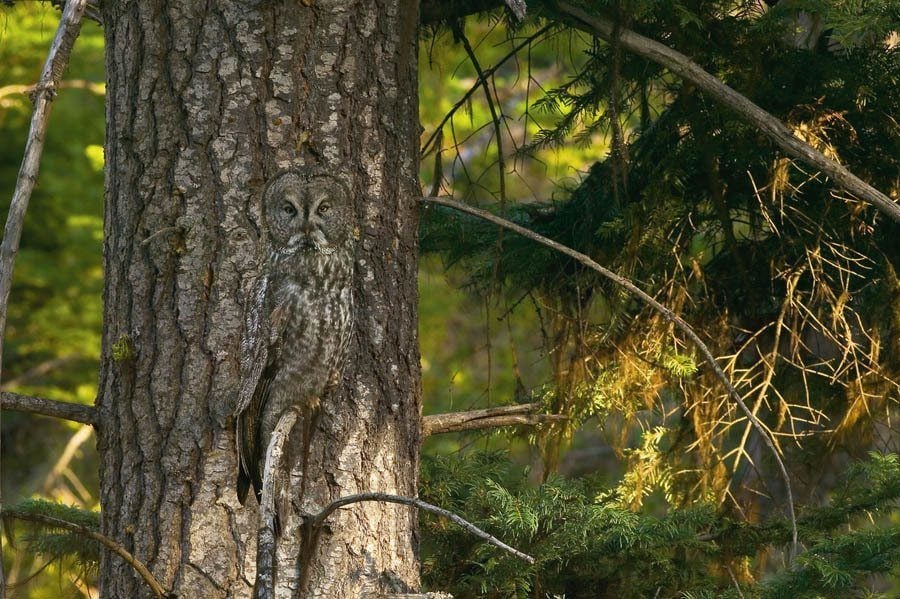
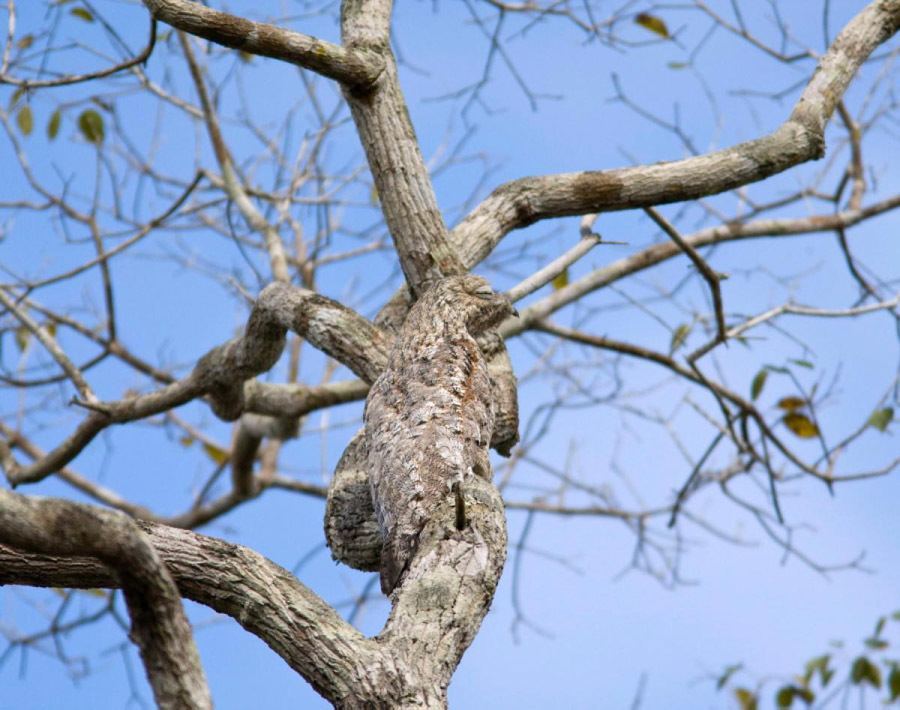
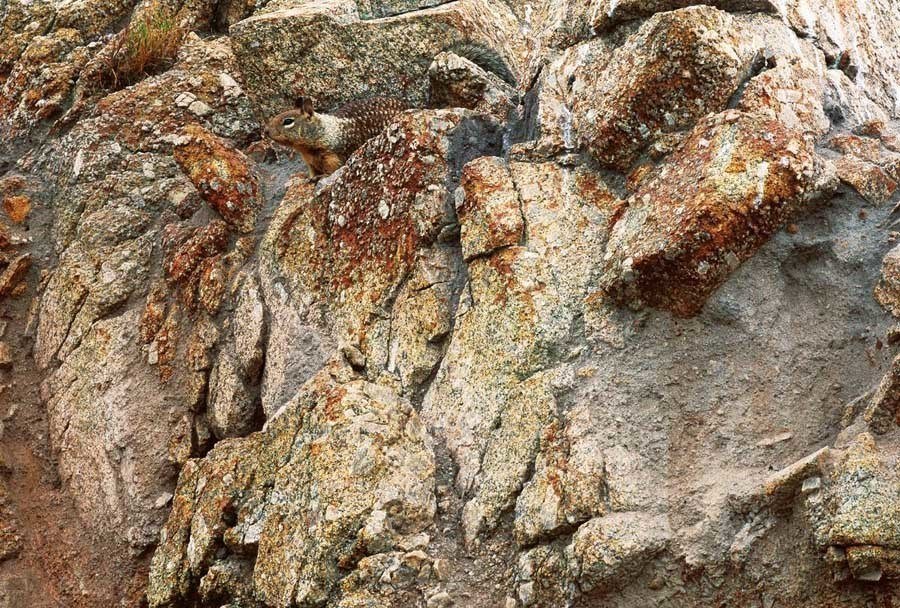
Source: Take A Charcoal
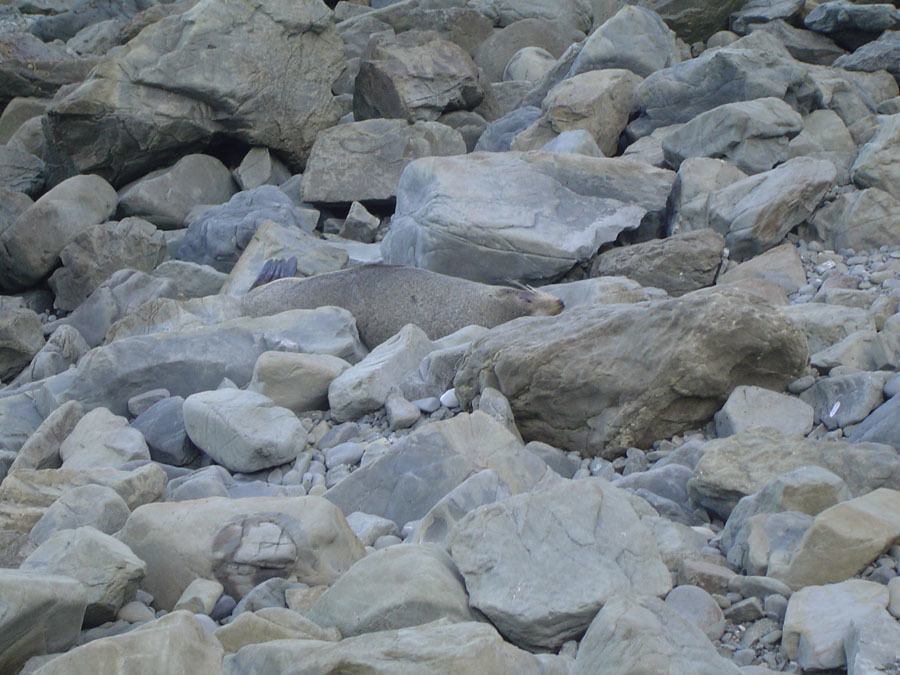
Even though trees are a potential hiding spot for some, others prefer to blend in with the rocks and stones they find themselves crossing. Usually these creatures have a dark gray or brownish tint to them, allowing for easier covert movement around the crevices of rocky landscapes.
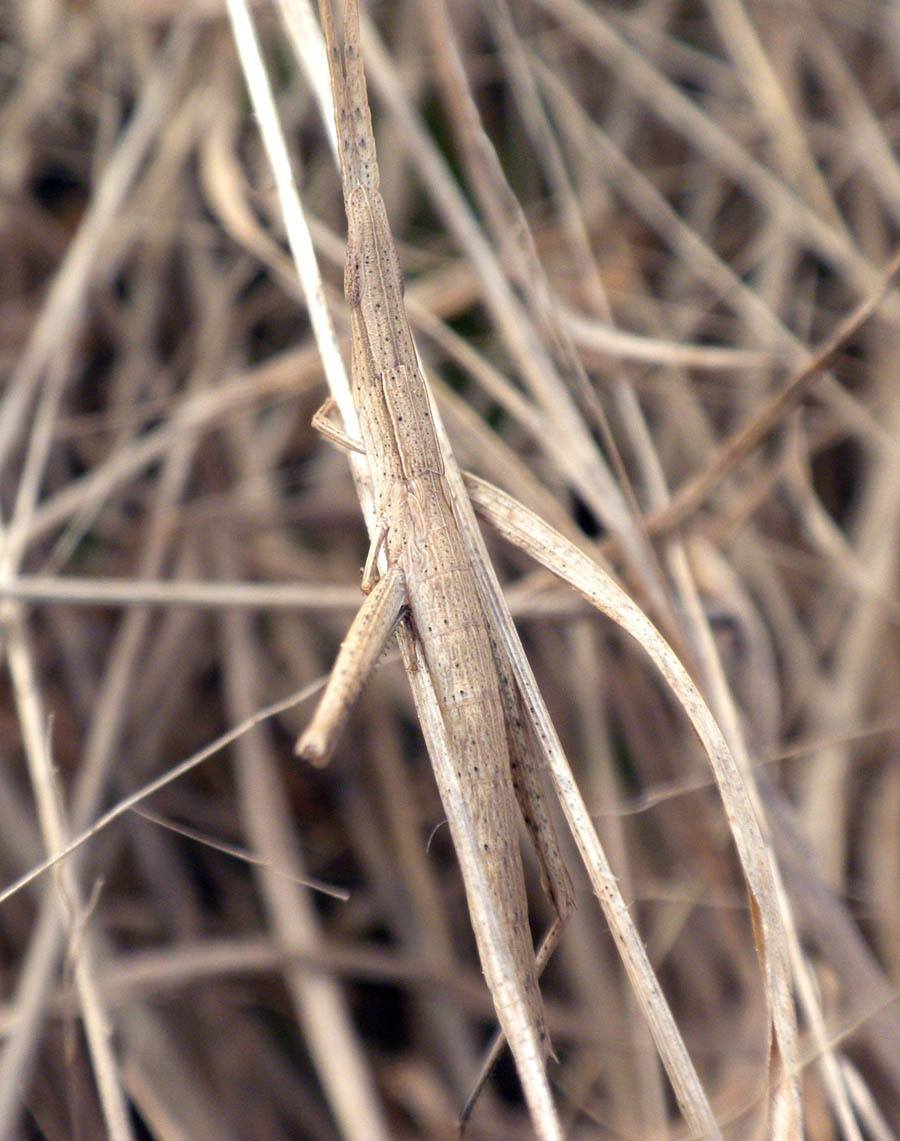
Grasshoppers are a delicious meal for a number of predators, so whether they’re green and hiding in healthy grass, or brown and hiding in dead grass, being able to blend in gives a nice boost to their average life spans.
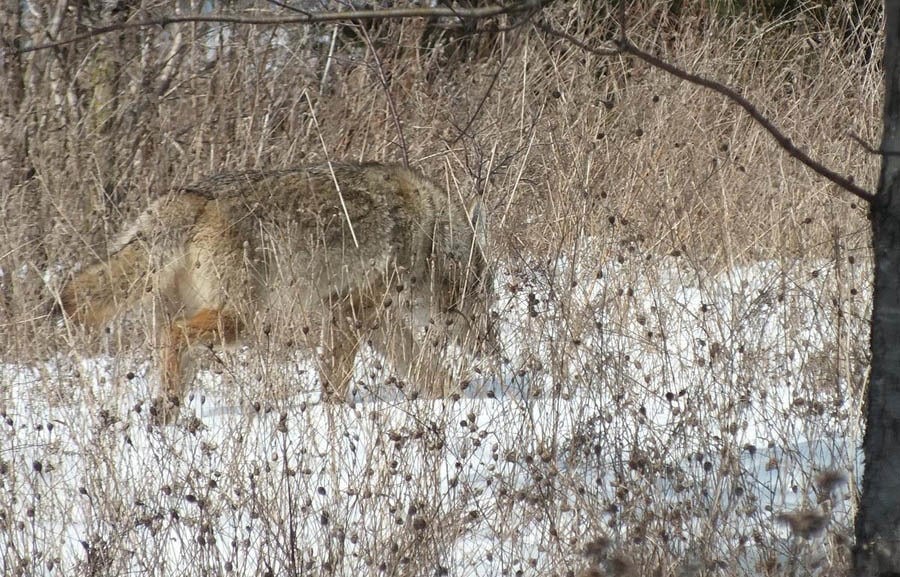
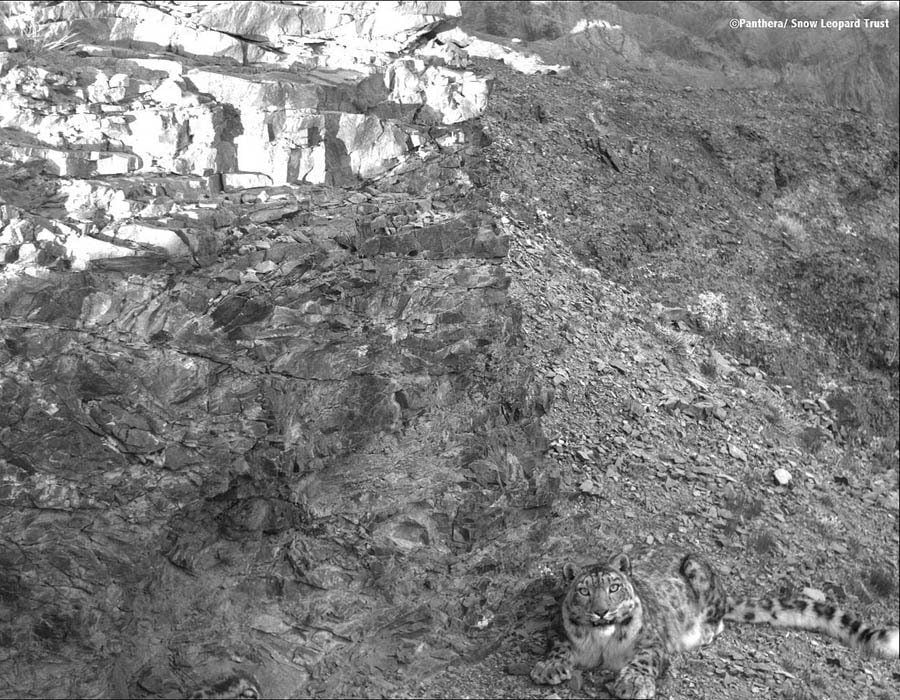
Source: Panthera
Coyotes come in all sorts of colors, the majority of which allowing them to fade into the specific woods in which they live. They’re natural predators, and eat almost anything. Being able to effortlessly stay hidden really helps them out in the long run when it comes time to hunt small, snack-shaped animals. Snow Leopards with their lily-white coats make them almost invisible to the wild sheep and goats they’re on the prowl for.
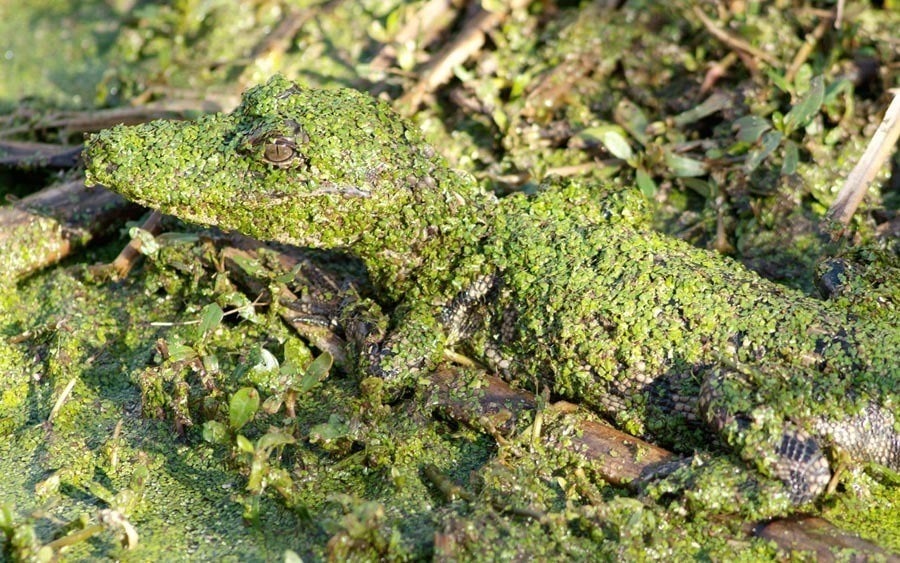
Even—and especially—baby animals participate in the hard-knock, “blend in or die” convention. Take the alligator. Babies and adults alike will take cover under the algae growing in the water while swimming.
For the babies, it keeps them from being spotted by very large snakes; for adults, it allows them to appear as if they’re a just a harmless log floating in the water. This is very useful for sneaking up on unsuspecting animals stopping by the shore for a quick drink.





